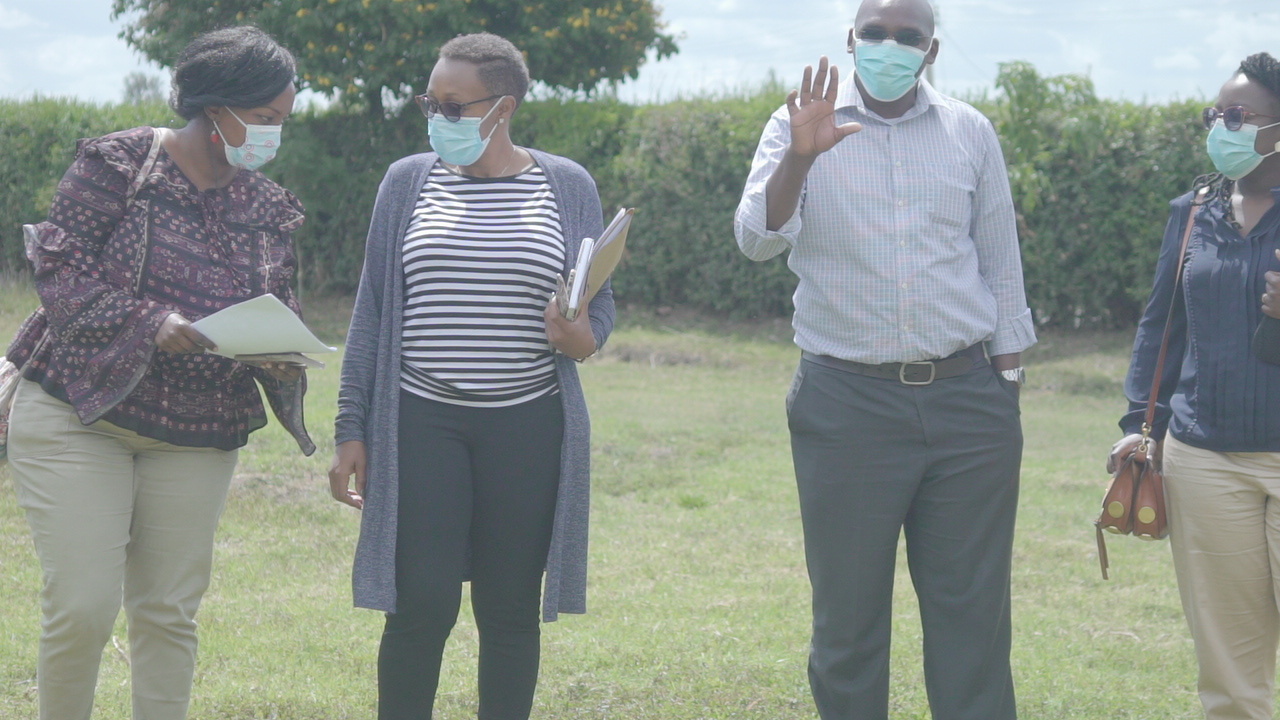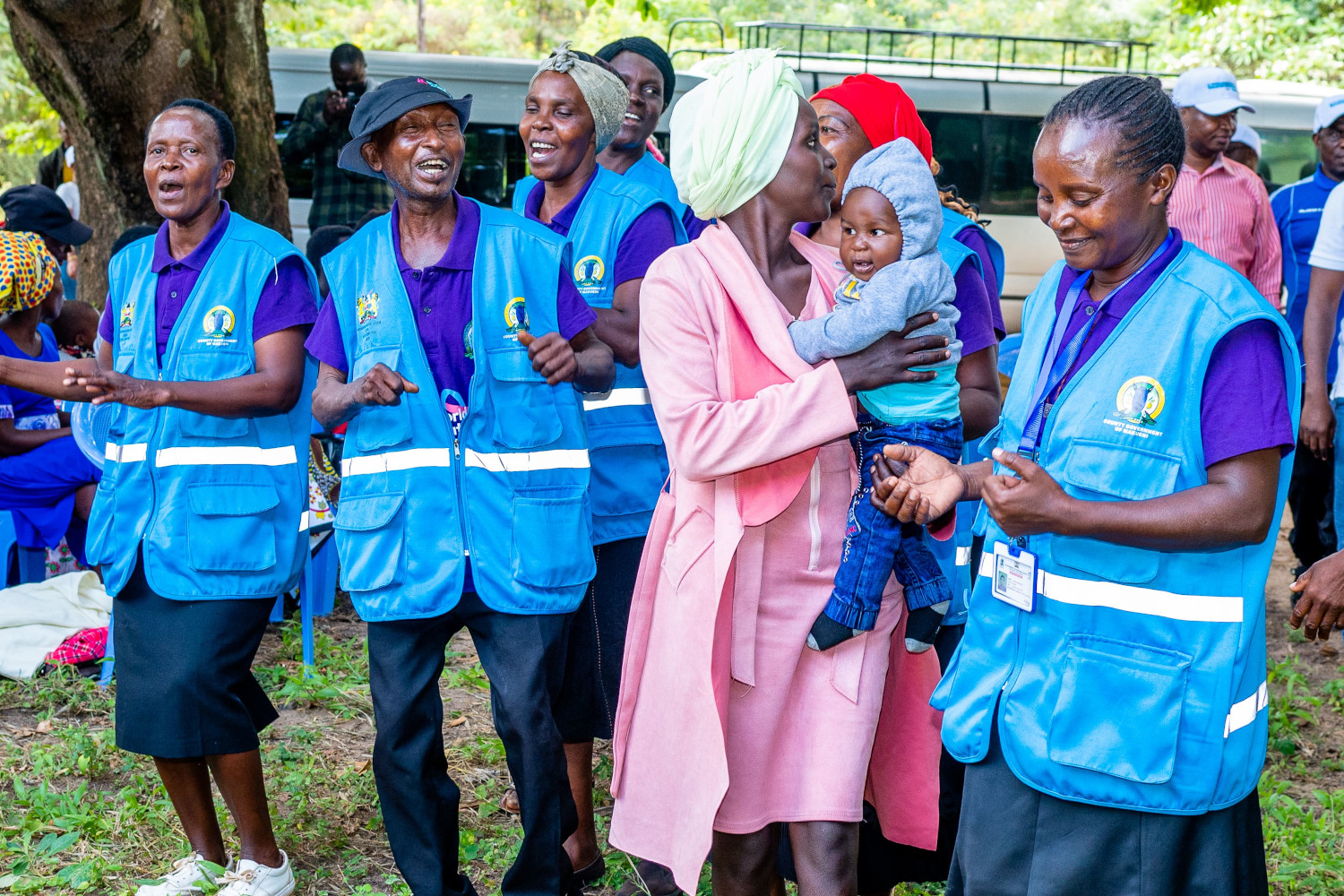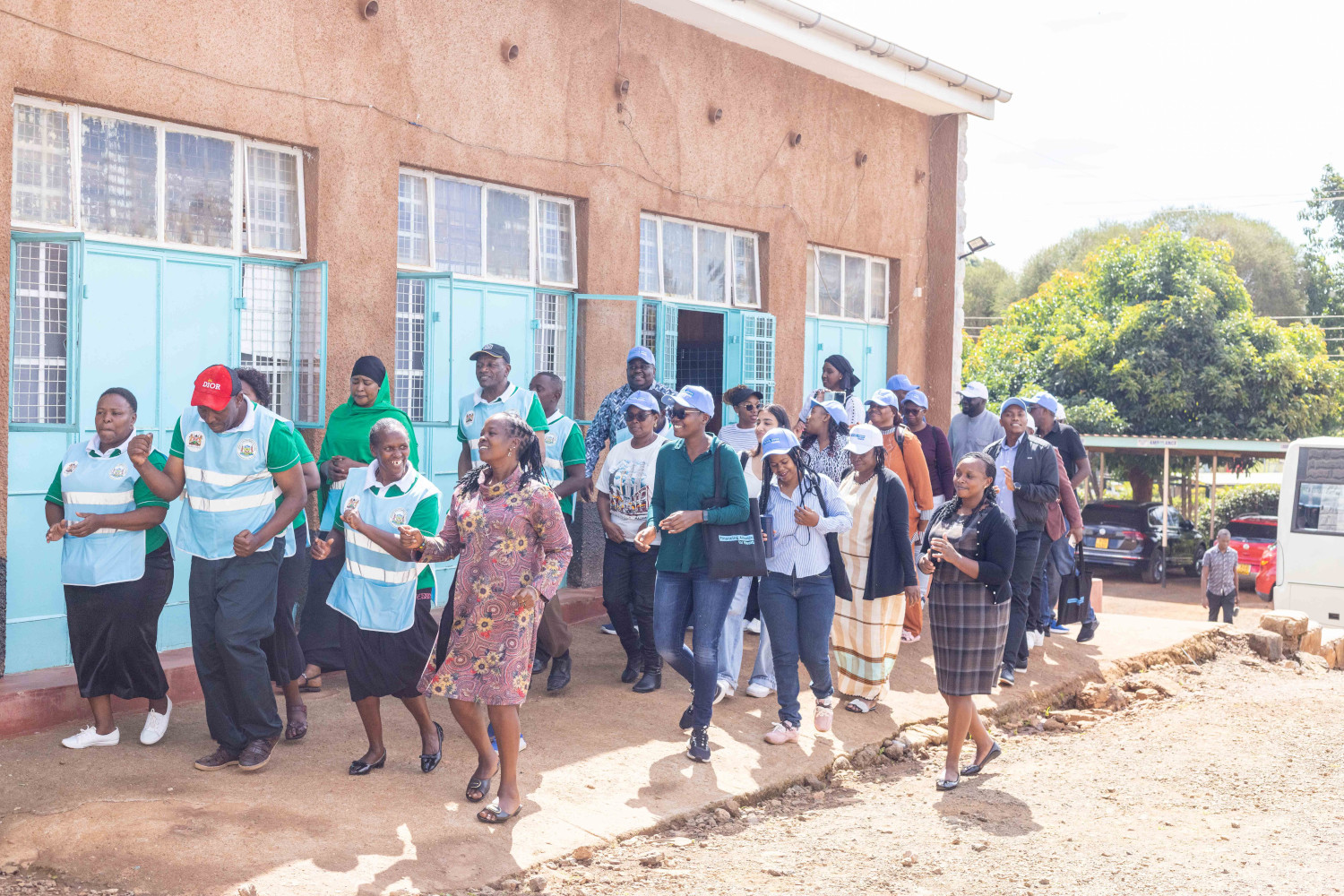In 2020, the Financing Alliance for Health (FAH), led by Dr. Angela Gichaga, sought inspiration from the Salud Mesoamérica Initiative (SMI). Its results and operating model were key to shaping Africa Frontline First, an effort that today seeks to strengthen community health systems across the African continent.
Angela Gichaga is a physician and health economist with experience in ministries of finance and health, consulting, and academia. She is currently the outgoing Global President and CEO of FAH and Co-Executive Director of Africa Frontline First. Her career has taken her from caring for patients in rural hospitals in Kenya to sitting on global health and financing boards. She was recognized by Fortune as one of the world’s most influential leaders in 2018 and is a Mandela Washington Fellow, among other distinctions.
In this interview, she shares what she learned from the Mesoamerican experience and how those lessons were adapted in Africa.

—Dr. Gichaga, thank you for your time. To begin: what aspects of the Salud Mesoamérica model did you find transferable to the African context, and how did you adapt them?
—The first thing we understood is that, although these are geographically distant and different contexts, both face comparable health challenges. For example, access: in Latin America, some countries are large and mountainous, which makes it difficult to reach health centers. Similarly, in parts of Africa facilities are far from where people live.
There are also financial barriers: not everyone could afford health services or was covered by social protection networks, and in some countries such networks did not even exist.
—And what specific challenges did you encounter in Africa?
—There are cultural barriers. Some people prefer traditional medicine or feel uncomfortable if health personnel are of a different gender. Reproductive health issues, for example, remain taboo in some cultures when discussed between men and women.
—What was the most valuable lesson you learned from the SMI?
—We learned the importance of designing solutions at scale—sometimes at a multinational level—and then contextualizing them locally. The selection of countries requires clear criteria, such as geography, language, access, economic levels, and political priorities.
At the same time, identifying common needs and goals among countries made it possible to build a shared framework that was then adapted to each specific context.

—Were there also lessons in how to finance?
—Yes, another key lesson was ensuring the participation of anchor funders from the very beginning. Although we had a technical design, bringing financial partners in early on allowed us to co-create, align national objectives with those of donors, and ensure greater sustainability.
—The SMI has an innovative results-based financing model. How did that influence the FAH?
—I would highlight the combination of different funding sources. Domestic resources are the foundation of long-term sustainability.
Multilateral funds are very influential in Africa, where up to 60% of financing for primary and community health comes from global sources. Aligning these funds with country priorities was essential.
—And what about the role of philanthropy?
—Philanthropic money played a flexible role: it allowed for strategic investments, addressing urgent gaps, and testing innovations that could later be scaled up with multilateral and national resources.
—You have mentioned government leadership several times. How was that reflected in Africa?
—Government commitment from the outset was key. In Mesoamérica, ministries of health led the process with the support of the IDB. We replicated that logic: countries had to feel that it was their own initiative and not an externally imposed project and we ensured this by aligning investments to their stated priorities in policy or strategy documents. That sense of ownership makes the difference between a short-lived program and a state policy.
—In 2020 you approached Emma Margarita Iriarte, Executive Secretary of the SMI, directly. How do you remember that process?
—It was a decisive moment. She not only responded to our initial call, but for more than seven months she dedicated hours each month to share design ideas, document templates, donor contacts, and implementation lessons.
She had no obligation to do so, but she chose to support us generously. And that generosity shaped the course of Africa Frontline First.
—What did that mean to you personally?
—It confirmed to me that true leadership is not only measured by results but also by the ability to open doors and extend a hand to others. Emma became one of my unsung heroes.
—In your reflections, you often cite inspirational phrases. Was there one that particularly resonated with this experience?
—Yes. One that always accompanies me: “How do we change the world? One act of kindness at a time.” That is exactly what we received from Emma and her team, and it is what I try to replicate in my work and in my life.

—Looking back, what place does the SMI hold in the history of Africa Frontline First?
—A foundational place. Even today, when we see the progress of Africa Frontline First, we feel that there is a Mesoamerican seed in its design and in its spirit.
“An act of generosity can change the course”.
Angela Gichaga’s story with the Salud Mesoamérica Initiative is also a reminder that international cooperation does not always stem from formal agreements. Sometimes it begins with an unexpected call and is strengthened by gestures of trust.
“Emma Margarita Iriarte had no obligation to help us,” Gichaga concludes, “but she chose to do so. And that act of generosity continues to shape the lives of millions of people in Africa.”